Vet Antibiotic Injection: The Complete FAQ Guide In 2025
Did you ever think about how vets take your furry friends on a wellness journey when they’re fighting a bacterial infection? When your pet catches an infection, the fastest way vet treats them is by giving them a vet antibiotic injection.
Bacterial infections are quite common in pets and often spread from one to another through licking, touching, sharing food items, and even through the air. Hundreds of thousands of pets suffer from skin, respiratory, gut, eye, and other infections every year. Consequently, antibiotic injections are utilized to treat their ailments.
If you’re a pet owner, animal lover, or just someone running the vet pharmaceutical industry, this blog post “vet antibiotic injection” will take you on an interactive journey into the fascinating world of vet pharmaceuticals. Now, get ready to dive in!
1.Can you explain vet antibiotic injection in simple terms?
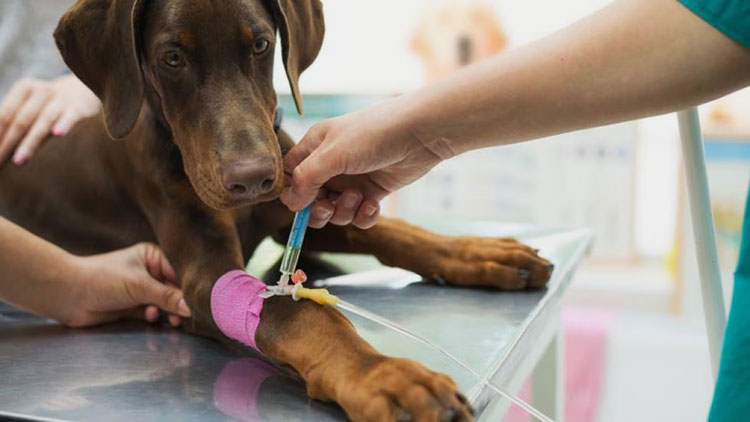
vet antibiotic injection- Picture courtesy: PetMed
You can say that a vet antibiotic injection is basically an injection with an antibiotic in it, and you can give it to animals through a shot. It fights off bacterial infections in your animals simply by killing the culprit bacteria or stopping them from reproducing.
It is nothing like your normal antibiotic powders, syrups, or pills, which animals take by mouth, rather you’ve to introduce a vet antibiotic injection directly into their body using a syringe. Because it goes straight into the blood, it acts fast and does a better job than pills.
2.In what ways do animals benefit from receiving a vet antibiotic injection from a vet?
Vet antibiotic injection packs a significant punch of powerful advantages. In the following section, we’re going over some useful benefits of vet antibiotic injection just for you:
Quick Working
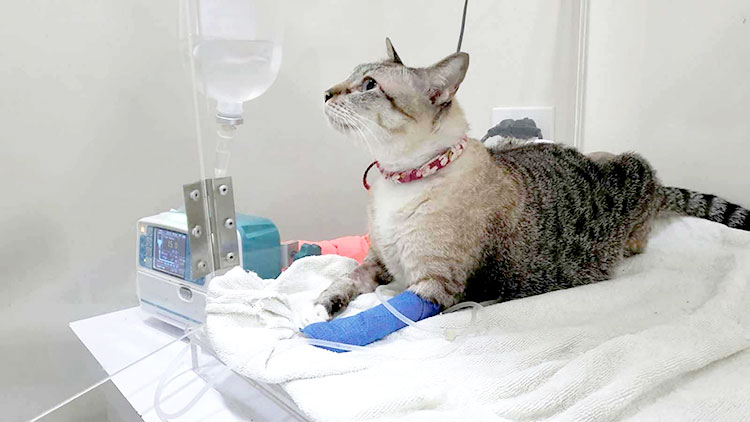
Quick Working- Picture Courtesy: Royal Canin Academy
As you already learned by now that vet antibiotic injections are dispensed inside the animal's body; consequently, it begins fighting the bacteria within minutes or hours of injection. This is way quicker than oral meds that have to go through the gastric system first. This faster working is very beneficial if animals have fatal infections, for instance, pneumonia.
No Gastric Problems

No Gastric Problems- Picture courtesy: Mr. and Mrs. Pet
Usually, when animals are having infections, they don’t want to eat or have diarrhea, or vomit. That’s why oral antibiotics may not be suitable in these scenarios. Your animals are prescribed a vet antibiotic injection in these instances. It completely bypasses the GI system and, thus, medication fully goes into the blood to fight bacteria.
Get the Dose Always Right
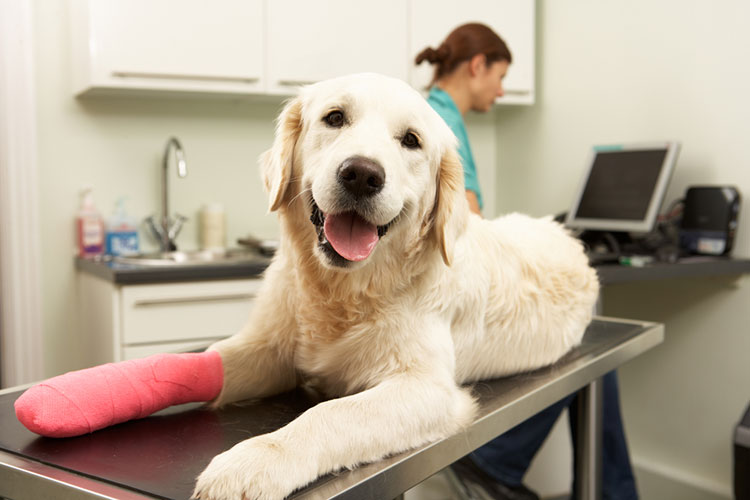
Get the Dose Always Right- Picture courtesy: The Visiting Vets
One of the many good points of vet antibiotics is that you’re 100% guaranteed that your pet or livestock has received their entire dose for treatment. As with other treatment ways, you’re never fully assured if they’ve taken their tablet or just licked the treat off it and spat it out.
Works Well for All Animals

Works Well for All Animals- Picture courtesy: Lilly Brush
You’re not alone in this dilemma. Many people find it hectic to pour antibiotics into the feed or water of animals. It became increasingly difficult when you’re handling a huge-scale veterinary practice or running cattle ranches and poultry farms. But with a vet antibiotic injection, you can inject your infected animal and be done with it.
No Forgetting in Medication
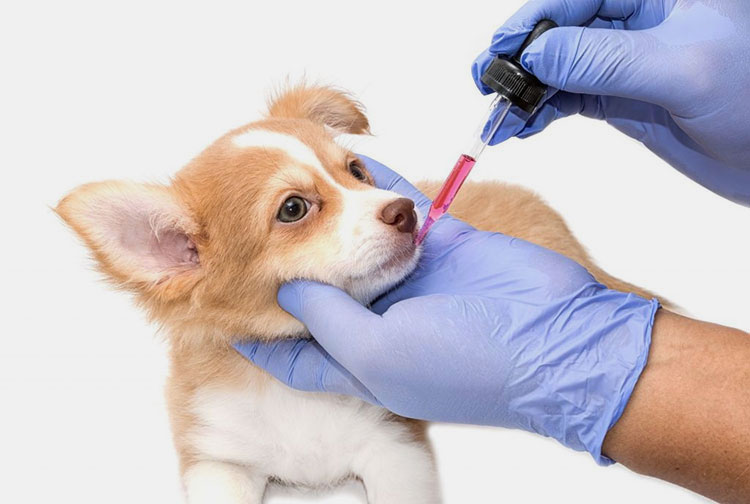
No Forgetting in Medication- Picture courtesy: Arlington
Are you one of those people who always forget to give their pets their pills? Don’t worry, you’ve vet antibiotic injection for rescue. Usually, it comes as a one-time preparation, and if injected in animals, it slowly releases its antibiotic. It works well for 7-14 days. If your pets or livestock have an injection, just take them to the vet for their injection.
3.What do you include in a vet antibiotic injection?
Many people think that vet antibiotic injection is only made with antibiotics. It’s not true. In fact, it contains a wide array of ingredients. You’ll find below some common ingredients in a vet antibiotic injection:
Antibiotic Component
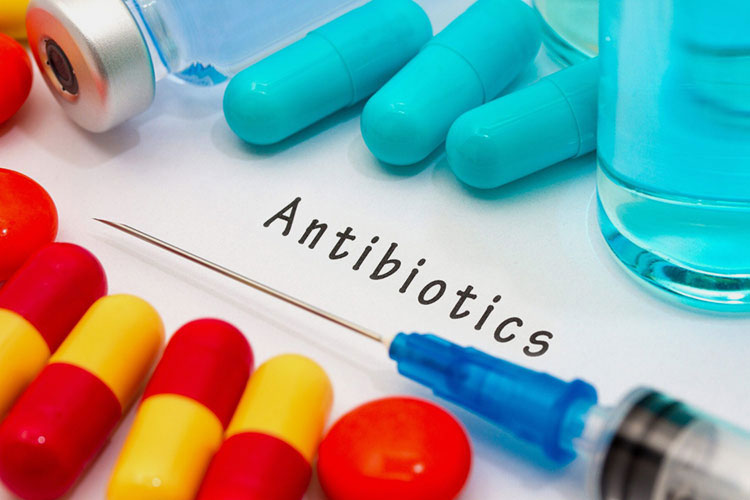
Antibiotic - Picture courtesy: Medshadow
It is an active ingredient that does all the work in a vet antibiotic injection. So, what does it do? Basically, it stops bacteria from multiplying by messing with their ability to divide and grow. In some cases, it wipes them out completely.
Solvent Vehicle
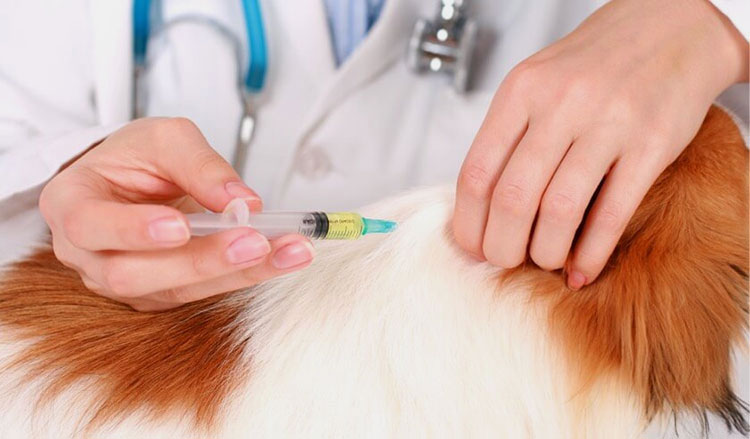
Solvent vehicle- Picture courtesy: Zeotis Petcare
Normally, you get a vet antibiotic injection in liquid form. Ever thought how? It is only owing to the mixing of components in solvents. You may think of it as a vehicle that takes your antibiotics where they need to go. And sure, you can opt for water for injection if your formulation allows.
Stabilizers
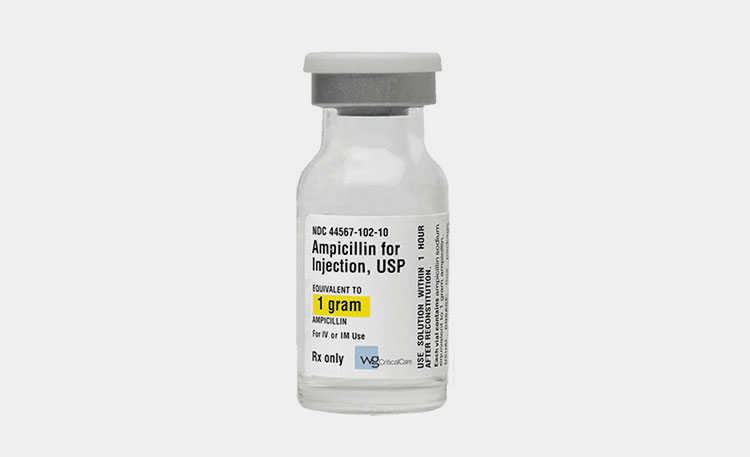
Stabilizers
Vet antibiotic injections are delicate and tend to change due to heat, light, moisture, and pH variations. To encounter this, you’ve got stabilizers in a vet antibiotic injection.
Preservatives
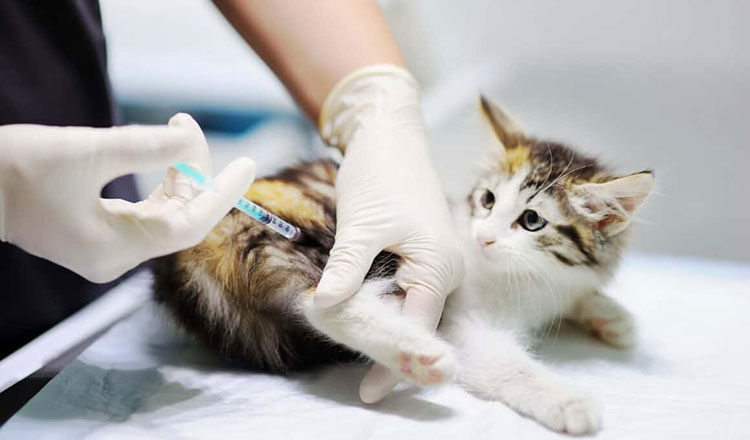
Preservatives- Picture courtesy:ThepetsTome
In case you’re making multi-dose vials of vet antibiotic injections, you use preservatives to lower germ growth. But remember, you can’t include them in single-dose vials.
Buffers
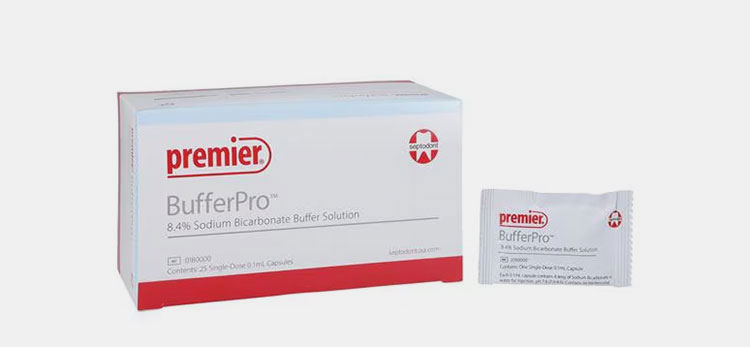
Buffer- Picture courtesy: Henry
No vet antibiotic injection exists buffers. Since you regularly see pH changing after production. So you’ll have to add buffers, and they help pH stay normal. Their plus point? They’re also quite helpful when you’re trying to decrease skin irritation associated with your product.
4.What is the manufacturing and development process of vet antibiotic injection?
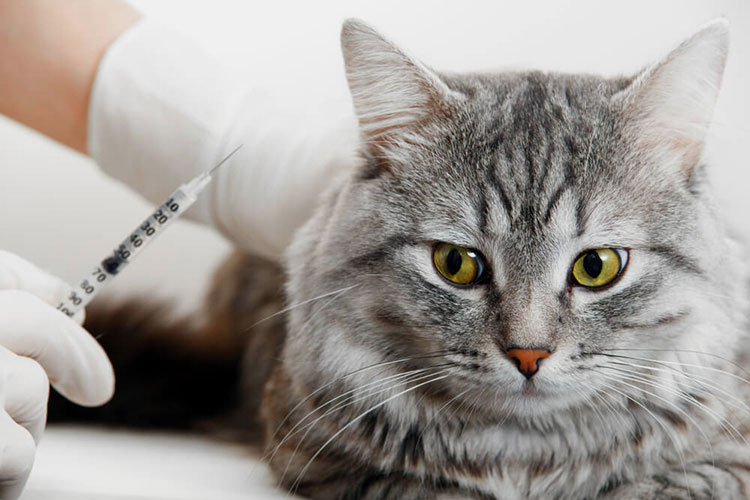
Manufacturing of vet antibiotic injection- Picture courtesy: Cats.com
In case you’re wondering about the manufacturing of vet antibiotic injection, yes, it is a numerous-step process. Where you carefully perform each step with the right machines and testing methods, to get perfect quality in the end. For your learning, we’re writing its every processing stage below:
Antibiotic Preparation
This step marks the beginning of the vet antibiotic injection preparation and is subdivided into these smaller stages.
| Seed Culturing and Fermentation | For this step, you’ll pick out the right food ingredients for microbes and blend them together to have a medium on which you can grow your microbial colonies. Add the media along with your seed culture in a large vessel to prepare vet antibiotics that you’re interested in. |
| Harvesting | As soon as you notice that microbes have done their assigned task (production of antibiotic), you drain your tank and collect the media liquid. |
| Extraction | Now it’s time for the isolation of antibiotic components from the rest of the unwanted molecules. With solvent extraction (using ethyl acetate, chloroform, or butanol), filtration, and spinning in a centrifuge, you can easily separate out your desired materials. |
| Ingredient Concentration | In some cases, low concentration of antibiotic is obtained after extraction, so you’ll need to evaporate extra liquid with methods, like vacuum evaporation. |
| Purification | Last step here. You can purify your antibiotic liquid via special tools, for instance, chromatography or ultrafiltration. The purpose here is to have a clean product. |
Media Preparation
Now that you’ve selected appropriate ingredients, your next step would be to prepare the media. You can use pure water for this purpose. Like sterile water for injection. You can put various excipients together in water and, with the help of mixers, a thoroughly blended media is attained.
Dissolving of Active Ingredient
Without this step, you can’t have an injectable form of vet antibiotic. For this, you can weigh your active ingredients carefully and dissolve them in the media made during the above step. After that, it’s just mixing. Don’t forget to carry out your product mixing in your cleanroom. This keeps the germs out.
Sterile Filtration
Yes, you need to filter your product again after mixing. You can use a variety of sterility techniques to make sure your product is completely free of any remaining debris and microorganisms.
Filling & Sealing
This is where your filling equipment takes over. Just so you know filling step is completed with pumps and piston components. Their job is to load the right volume of product at the desired speed in your packaging containers.
After that, you’ll proceed to the vial stopping stage. Where stoppering units that affix a rubber stopper on the vials. This partially seals the vials.
Autoclaving
To ensure the product is sterile and away from unwanted microbes, it is passed through the process of autoclaving. This stage ultimately provides sterile and effective formulation which is ready for further processing steps.
Labeling
Your next step will be labeling vials. Immediately after sealing, using conveyors, you simply move your vials to the labeling device. The latter applies water-resistant stickers to the middle of vials.
Cartoning
Simply, you can imagine this step as gifting boxing and wrapping. Since it is a final step of the vet antibiotic injection production line, with the help of a cartoning system, you can place labeled vials into cartons with their leaflets for ultimate protection. Just like wrapping presents with wrapping paper, your boxes are enclosed in shrink wraps to keep them safe during shipment.
5.What are machines used in manufacturing a vet antibiotic injection?
You would be amazed to know that multiple machines are involved in the preparation of vet antibiotic injection. You can find them one after the other to create a very pure and powerful vet antibiotic injection. The following are some key tools present in the vet antibiotic injection preparation:
Antibiotic Preparing Devices
| Bioreactor
Come in large tanks and are also known as fermenters. Usually, have closed areas for growing microbes at the large scale. They provide you with ease in operation with their self-cleaning, automated sterilization units, sensors, or other probes. |
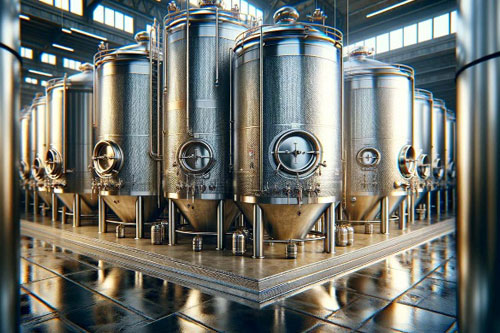
Bioreactor- Picture Courtesy: Brau Supply |
| Centrifuge
With the help of a centrifuge, you can separate the fermentation liquid and cellular materials. It rotates at high speeds to separate heavier and lighter components by its centrifugal forces. |
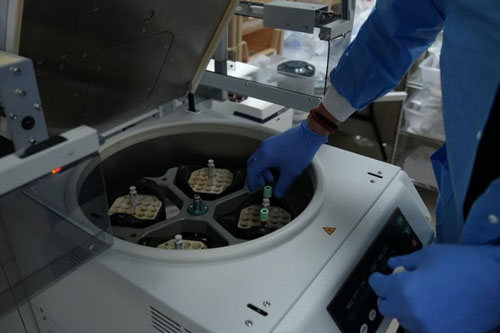
Centrifugation Device- Picture Courtesy: American Heart Association |
| Chromatography Column
You can picture them as machine with many pumps, tanks, and filter materials. You pour the needed liquids called buffers to aid in moving antibiotic proteins down your column. With a combination of various types of chromatography tools, you can easily have an ultra-pure vet antibiotic. |
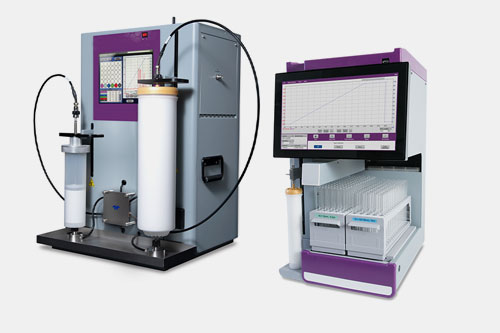
Column Chromatography Machine- Picture courtesy: Teledyne |
| Concentration Machine
In this device, liquid materials are evaporated to concentrate the antibiotic quantity. You’ll find that your concentration tool consists of a heating chamber, separator, and condenser with vertically discharged tubes. The fermentation liquid is moved quickly through these tubes to aid in low-temperature evaporation. In this way, you can have the required concentration of antibiotics in just one pass. |
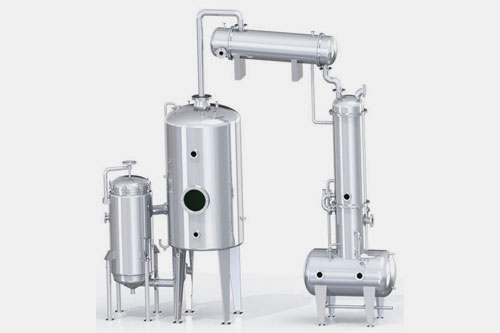
Concentration Machine |
| Filtration Units
You may also use filtration devices, like membrane filters or depth filters, to purify different materials. Generally, their role in vet antibiotic injection is to cleanse the antibiotic preparation by removing foreign substances or undesired components from the solution. |
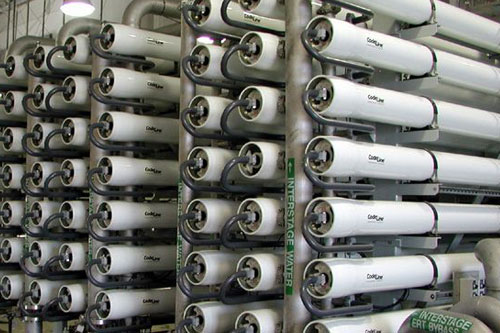
Filtration Units |
Water Purifiers
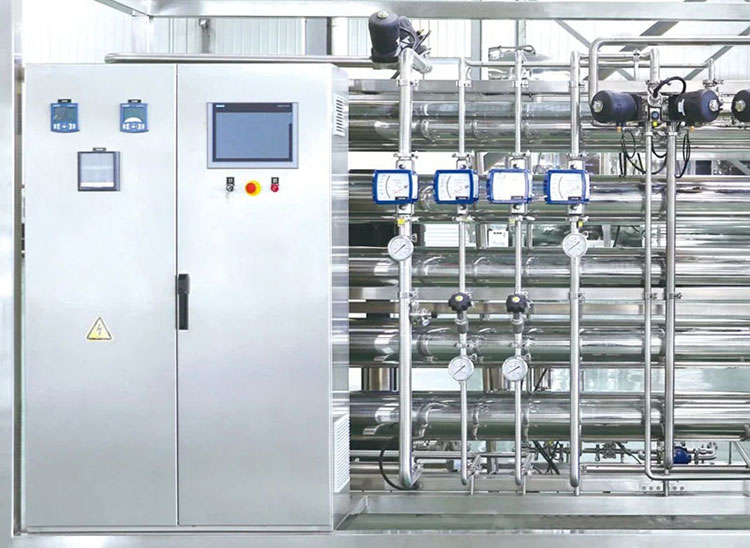
AIPAK Engineering Water Purifiers
As you know by now that sterile water for injection is a must for the production of vet antibiotic injection, so you use a highly vital system called a water treatment device for making ultrapure water. It typically consists of multistage distillation devices and reverse osmosis systems. In these devices, backwashing, regeneration, and disinfection processes are performed to acquire pharmaceutical-grade water.
Vial Filling Production Line
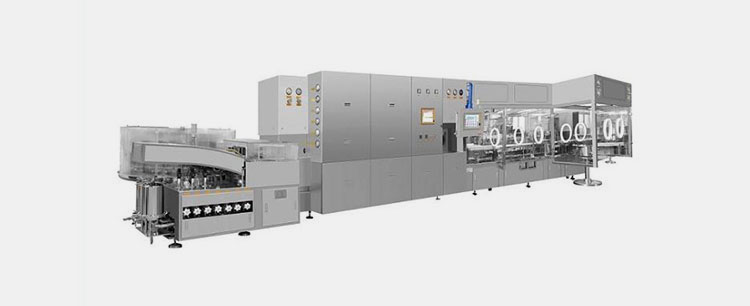
AIPAK ENGINEERING Vial Filling Production Line
Sure, a vial filling production line is the main unit in vet antibiotic injection. You can’t get vial packaging without it. This unit has several machines to achieve high-quality sterile packaging.
First is the unscrambling unit that has a connected hopper in which vials are placed in a random order. This machine then orients them in the correct configuration. Due to this, vial damage or tripping is minimized down the line. Afterwards, there is a washing device that washes and cleans vials fully, both from inside and outside, with the help of high-pressure water spray and ultrasonic radiation.
Then vials are transferred to the depyrogenation unit. It is a tunnel-like structure with shelves that hold vials for sterilization. With the help of hot air, vials are decontaminated and disinfected so that there is no risk of microbial growth on the surface of vials.
Towards the end of the production line, you’ve a vital unit- a vial filling and stoppering machine. It is integrated with a high-end filling system. And comes with sensitive control to monitor the filling volume of vet antibiotic injection in vials. After filling, vials get partially or fully sealed based on product needs.
Pharmaceutical Autoclave
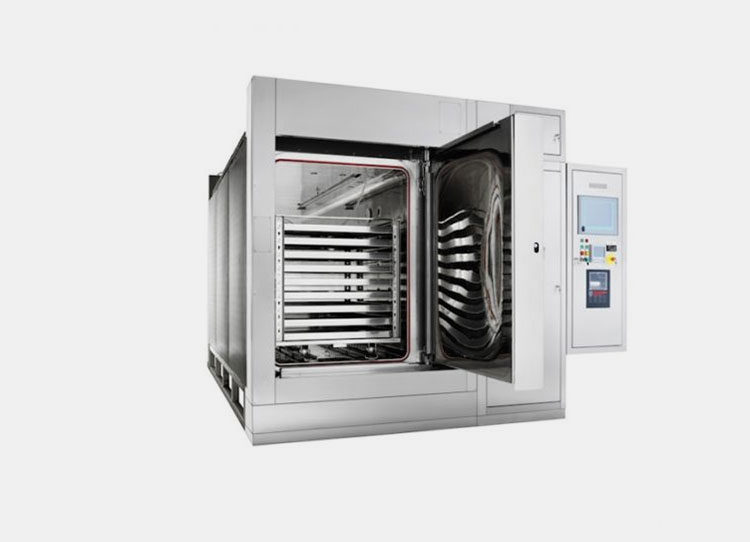
Pharmaceutical autoclave- Picture courtesy: Sterigene
Upon looking at the above picture, you can observe several trays inside the pharmaceutical autoclave. The purpose of using this machine is to sterilize the product and kill microorganisms such as bacteria, spores, etc. Under high steam and pressure, the protein structure inside the organisms gets damaged and killed. By utilizing pressure, temperature, and steam, it can only harm the microbes while keeping the product safe and potent.
Labeling Device
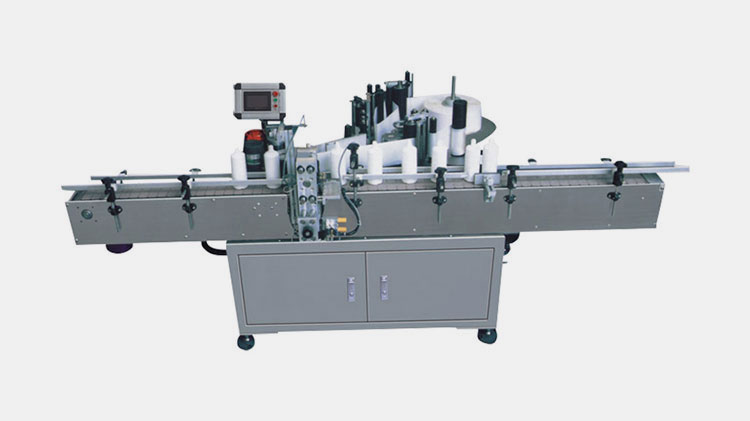
AIPAK Vial Labeler
With the help of labeling equipment, you easily stick your labels on the lyophilized vial. Labeling heads and presses perform this job in your machine. Consequently, you can inform vets, farmers, and pet owners about the advantages, expiry dates, ingredients, and doses of your preparations.
Cartoner
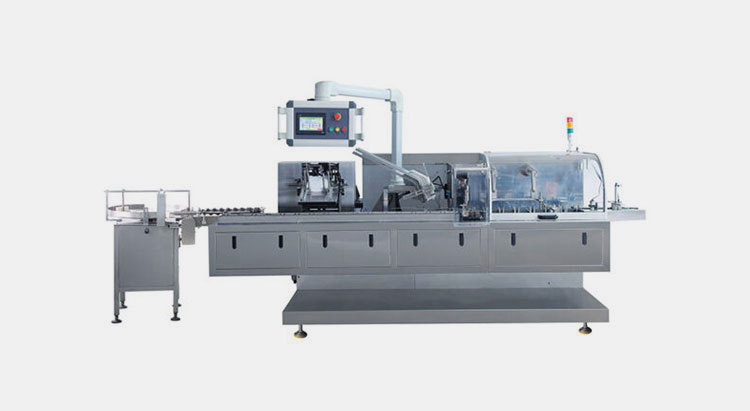
AIPAK Cartoner
For vial boxing, you’ll have a cartoner in your plants. Transformation of your cardboard sheets into boxed vials is possible with this equipment. A number of tasks, for instance, carton erecting, folding, vial loading, and gluing and sealing, are executed by your fast-speed cartoner in no time at all.
6.Is a vet antibiotic injection safe for all animals?
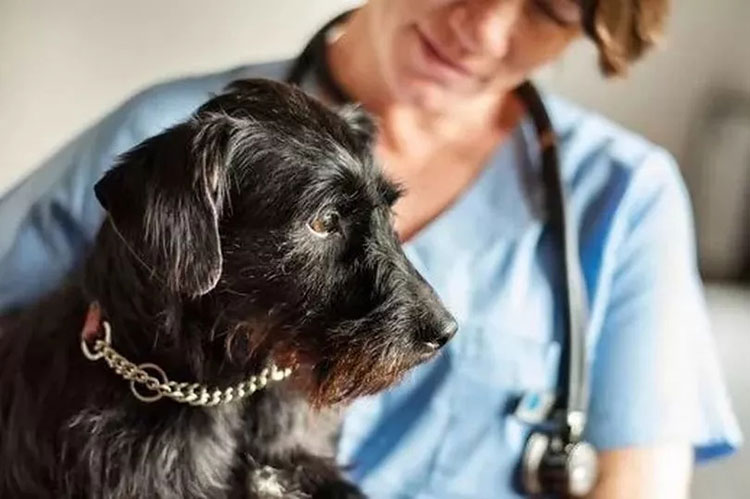
Safety of your pet- Picture courtesy: Kabo fresh
Well, really no. A lot of folks mistakenly assume that a single vet antibiotic injection is good for all types of animals. This is a misunderstanding. The reason? Due to the varying genetic makeup of different animals, their bodies work in different manners with drugs. Wrong dose or unsuitable antibiotic can have mild to serious reactions in your animals.
Cats have limited liver enzymes; so, some antibiotics, such as enrofloxacin, can cause damage to their eyes at high doses. And rabbits? Should never be given penicillin or clindamycin. These antibiotics completely wipe out their gut microbiome.
For livestock, it’s also about food safety. If you’re injecting a vet antibiotic in livestock, you need to first check whether the said antibiotic is approved for that species. After that? Give some time. So that drug will be eliminated from their body before you collect eggs, meat, or milk from an injected animal. In this way, you’re ensuring that there is no antibiotic residue in your harvested material.
7.In what kind of containers do a vet antibiotic injection come in?
In the pharmacy stores, you can spot a variety of containers in which your antibiotic injections are sold. One thing common to all packaging styles is that they are all very sturdy. What you don’t know is that container formats of this treatment are also decided on the basis of the shelf-life of the med. For your interest, here is an explanation of a few of vet antibiotic injection containers:
Glass Vials
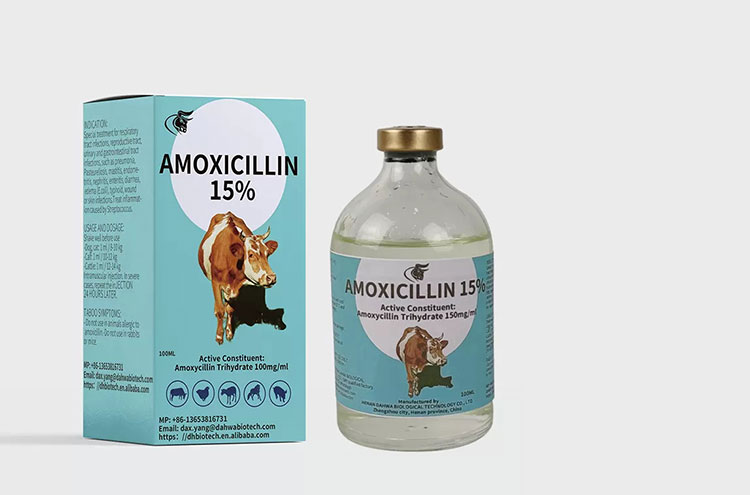
Large Glass Vials
Typically, it is your most packed format for a vet antibiotic injection. Offers manufacturers and users, bucket-load of pros owing to its Type 1 borosilicate glass composition. This container is temperature-resistant, so it can withstand heating during sterilization. Also, quite inert and doesn’t react in any way with your product. You can have it in two types:
| Single Dose Vial | For one-time use only. It is small in size and packs about 7 mL, 10 mL, or 20 mL of antibiotic. |
| Multi-Dose Vial | You’ll notice that they are very large in size. You can inject multiple animals from one vial of multi-dose ones. Bulk volumes, such as 50, 100, 200, and 500 ml, are present in your multi-dose vials. |
8.Where is a vet antibiotic injection given to animals?
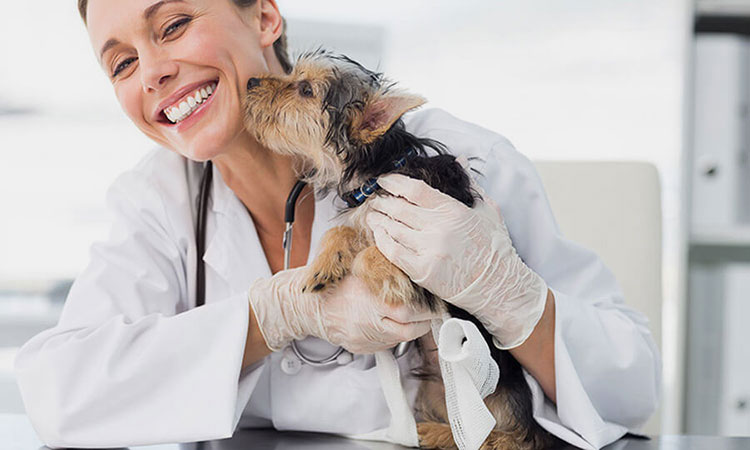
Administration site for vet antibiotic injection- Picture courtesy: Pet Professional
Many of you know that vein is not the only site for injecting; there are various others as well. If you’re thinking about what locations you can inject your animals, we’ve discussed them here:
Muscles
They are a favored site if you want to inject a long-acting med. You can use various muscle groups in different animals to give antibiotics. Like in cattle, goats, and sheep, you normally inject in the neck muscles. In dogs and cats, the spine and thigh muscles are preferred for injection.
Under the Skin
For this, first gather the skin and introduce a needle with a slight angle in your desired region. Your dogs and cats get subcutaneous injection at the wobbly skin present between the shoulder blades, whereas, for your farm animals, vets use the neck and shoulder skin. These locations are best when you’re aiming for slow med release in your animal.
Veins
Used in emergency situations. Best for quick work. Usually, you see vets using the jugular veins (neck) of cats, dogs, and horses for inside vein injection.
Milk Glands and Uterus
Dairy cows are treated through the milk gland and uterus shot when they have caught some specific infections, for instance, mastitis.
9.How to store a vet antibiotic injection?
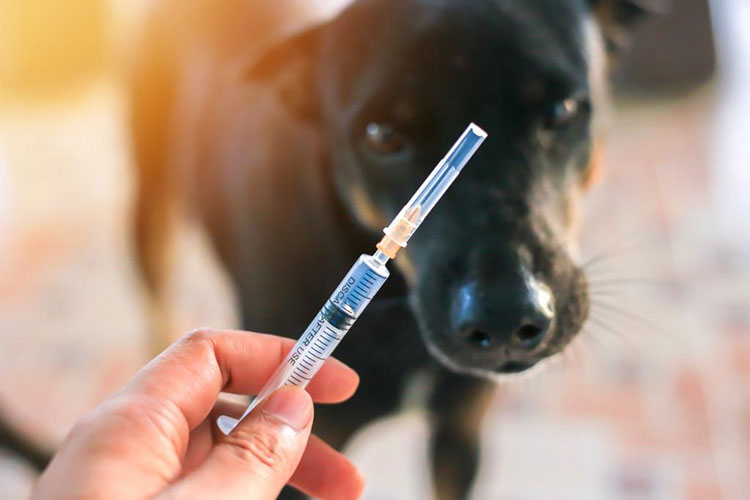
Store A Vet Antibiotic Injection- Picture Courtesy: Vet Cross
Storing your vet antibiotic injection in the proper manner isn’t just a smart idea but also an absolute must. Do it, if you don’t want to harm your animal in any way. So, for your information, some storage points are:
Before Mixing
Got antibiotic in powdered form? Immediately place it in a refrigerator at cold temperatures of 2°C to 8°C (36°F to 46°F). And no, you shouldn’t put it in your freezer, as it may damage med structure. Don’t expose it to heat, moisture, or sunlight.
After Diluent Addition
Once you reconstitute the powder formulation, it is a liquid. Sure, you can keep at 2°C to 8°C (36°F to 46°F). Remember to use it for only 7–14 days. It expires after that. When to discard it? As soon as you notice it turning cloudy or milky color.
Readymade Liquid Shot
Even if you didn’t open it, put your antibiotic injection in your fridge. No freezing and no shaking. Best to store it in a chilly and dry place.
10.Is it possible for your pet to have bad reactions to a vet antibiotic injection?
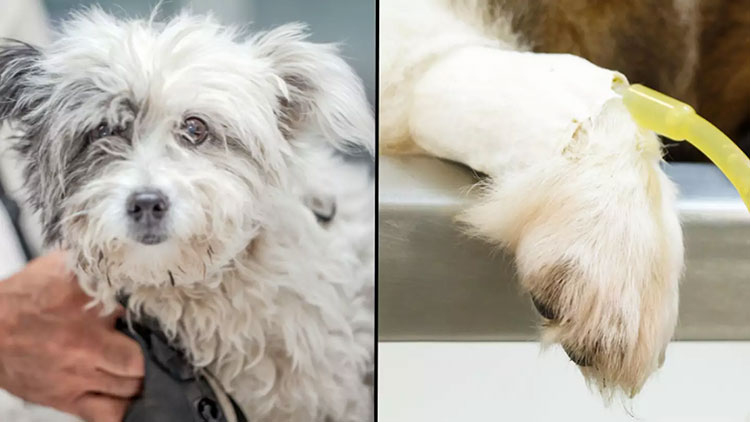
Bad Reactions to A Vet Antibiotic Injection- Picture courtesy: LADbible
Oh yes, it is possible. Similar to humans, pets in some cases can also have side effects when receiving the antibiotic injection.
Minor Reactions
The good news is that you don’t have to panic over them. The bad news is they are very common. Often, your pets may have slight swelling or a lump at the injection site. Or they feel tired, have a fever, or are not interested in eating after the injection. More often than not, you’ll see these reactions going on their own within 24-48 hours.
Some Extreme Side Effects
If you see them happening, it's time to give a call to your vet. They are more serious and can be fatal without proper care. Severe reactions to vet antibiotic injection may include allergies, trouble breathing, and extreme diarrhea. Rarely, your pets can get fits or tremors or inflammation at the injection site.
11.What things can go wrong during the making of vet antibiotic injection?
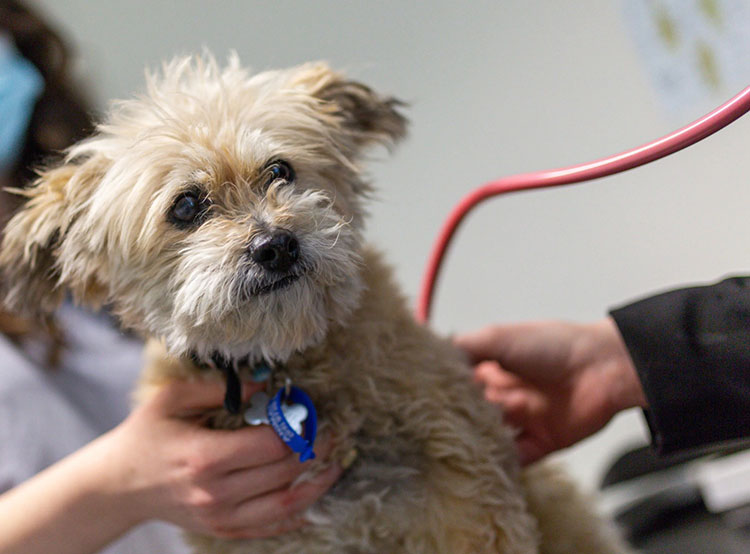
Vet antibiotic injection- Picture courtesy: Animal Aid
No matter what you do, problems will still arise while you’re making a vet antibiotic injection. They may disturb your whole processing timetable and lower your output. Here is the thing you should do in these events. Take a deep breath and read the answer written below:
Presence of Microbes or other Particles
Although your vet antibiotic injection vial may seem clean visually. Yet it can be full of little contaminants, whether germs, dust particles, or other impurities. The reason you’ve this issue on your hands is because of not implementing aseptic practices.
Solutions
First of all, you can develop a cleanroom of class 100 for your mixing, filling, and packing steps. Not only that, your cleanroom should have an installation of HEPA filters. If you continuously assess your working conditions and do sterility analysis, you certainly will not have any more problems regarding product impurity.
Crystal in Vials
Are you seeing crystals or small precipitates in your containers? Some classes of antibiotics are very sensitive and instantly form crystals or become undissolved.
Solutions
You can remedy this issue with the use of the right type of buffering tools, which help maintain your antibiotic stability. Also, it is recommended to include appropriate cosolvents as well as surfactants. Another thing you may do is to test how well an antibiotic stays stable when stored in various ways.
Potency Varies Every Time
A very troubling issue occurs for most of the parts due to your inadequate and uneven mixing of ingredients. In some cases, your product degrades, causing different strengths across batches.
Solutions
To stop this from occurring, you should install a mixing system in your line to attain consistency in your batches. During preparation, you can add stabilizers and antioxidants. Lastly, train your workers so that they follow the rules of GMP to T when they’re doing mixing and weighing tasks.
Too Much Viscosity
Sometimes, you observe that your vet antibiotic injection comes in a really thick suspension. This makes it extremely hard to inject animals. Especially, the one with smaller sizes.
Solutions
This problem is easily dealt with the change in needed solvent quantity. Like you can dilute an oily base or add water-type thickening compounds. Taking one step further, manufacturers are typically advised to use new techniques, for instance, nanotechnology, which makes smooth suspensions.
Conclusion
Just to recap, a vet antibiotic injection is a handy med given to animals when they catch a bacterial infection. Your vets often use it because of its tons of advantages both for use and your animals. It can save you from the hassle of medicating your pets, has a much quicker action, and always has the right dose. Don’t forget you need to have excellent equipment and follow the right order of steps to have the absolutely best quality product. Now you must be tempted to buy machines associated with vet antibiotic injection. Right? So, reach out to AIPAK Engineering by giving us a message.
Don't forget to share this post!
CONTACT US
Tell us your raw material and project budget to get quotations within 24 hours.
WhatsApp Us: +86 181 7101 8586
 Tell us your material or budget, we'll reply you ASAP within 24 hours
Tell us your material or budget, we'll reply you ASAP within 24 hours
